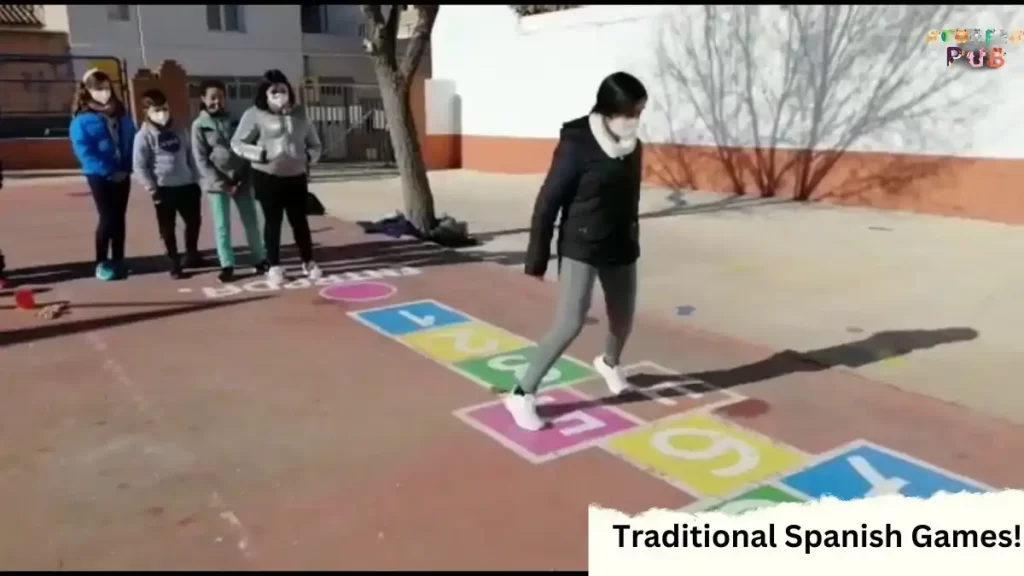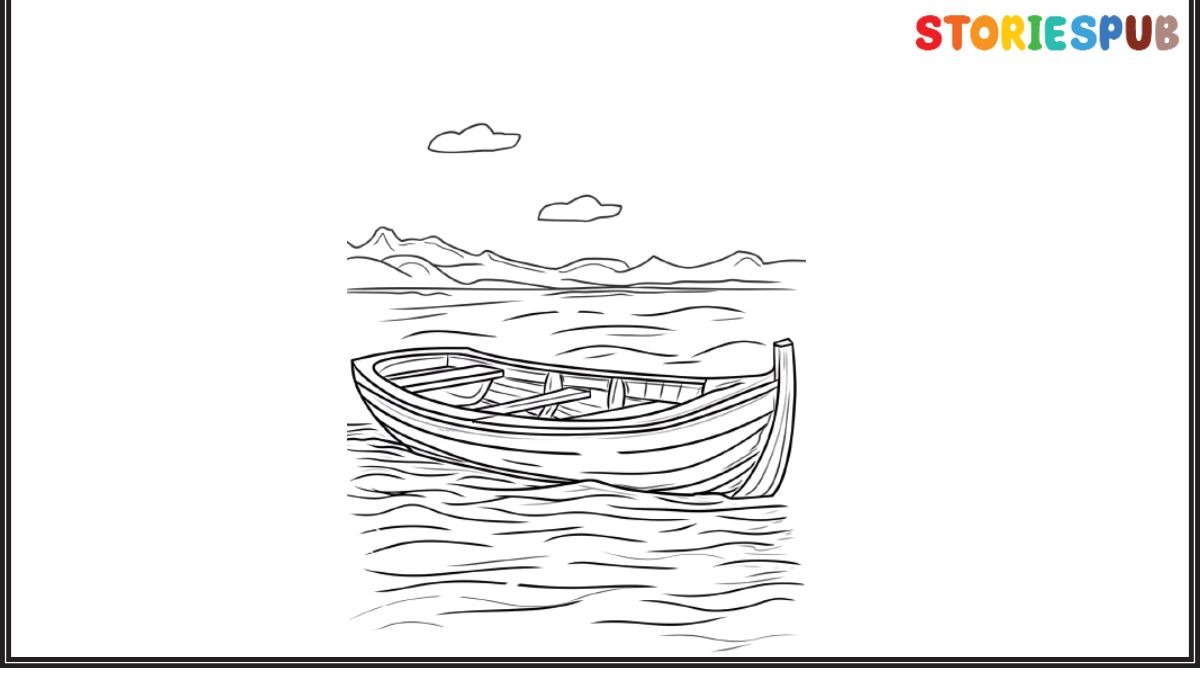Discover the Fun and Rich History of Traditional Spanish Games!

Welcome to a world where the past meets the present, and entertainment has a cultural significance! Traditional Spanish games are a delightful way of exploring Spain’s rich heritage while having fun with family and friends.
From board games to outdoor activities, these timeless classics have been passed down through generations for centuries.
In this blog post, we invite you to discover some of the most popular traditional Spanish games that continue to charm players of all ages today. So grab your game face and let’s dive into an exciting journey through history!
El Juego de la Oca
El Juego de la Oca is one of Spain’s most popular traditional games. The game is played on a board with 63 spaces, each with a different activity or task.
Players take turns rolling a dice and moving their piece around the board. The first player to reach the finish wins the game!
El Juego de la Oca has been around for centuries and is believed to have originated in ancient Egypt.
The game was brought to Spain by the Moors during the 8th century, and it quickly became popular among Spanish children.Today, El Juego de la Oca is still a favorite pastime for many Spaniards.
El Gato y el Ratón
There are few things more iconic than a cat and mouse chasing each other around. And that’s exactly what you’ll find in the Spanish game of El Gato y el Ratón.
This fun and fast-paced game has been a favorite among children (and adults!) for generations. The basic premise of the game is simple: one player is the cat, while the other is the mouse.
The goal of the game is for the mouse to make it from one side of the board to the other without being caught by the cat. Along the way, many obstacles and challenges can trip up even the most experienced players.
Whether you’re looking for a fun way to entertain your kids or want to relive your childhood memories, El Gato y el Ratón is sure to provide hours of enjoyment. So gather up some friends or family and get ready to have a blast!
La Lotería
La Lotería is a traditional Spanish game that has been around for centuries. The game is played with a deck of cards, called tablas, which are numbered from one to ninety.
Each player is given a tabla and three pieces of chalk. The object of the game is to mark off all the numbers on your tabla before the other players. To play La Lotería, the first player draws a card from the deck and calls out the number.
The other players then search for that number on their tablas. If they find it, they mark it off with one of their pieces of chalk. The first player to mark off all the numbers on their tabla wins the game.
La Lotería is a fun and easy game that can be enjoyed by people of all ages. It is a great way to learn about Spanish culture and traditions.
Dominoes
Dominoes is a traditional Spanish game that has been enjoyed by generations of people. The game is played with a set of dominoes, which are small tiles with numbers on them.
Each player takes turns placing their tiles on the table, and the first player to run out of tiles wins. Dominoes are believed to have originated in China, and it is thought that the game was brought to Spain by traders.
The game became very popular in Spain, and it soon spread to other European countries. Today, dominoes is enjoyed by people all over the world.
There are many different variations of dominoes, and the rules can vary depending on where you play. However, the basic idea of the game is always the same – to be the first player to get rid of all your tiles.
If you’re looking for a fun and challenging game to play with friends or family, give dominoes a try!
Conquian
Conquian, also known as the game of 1000, is a traditional Spanish card game that dates back to the 16th century. The objective of the game is to be the first player to reach 1000 points by melding cards of the same rank together.
The game is played with a deck of 40 cards, with each card worth a certain amount of points. Conquian can be played with two to four players.
Ajedrez
One of the oldest and most well-known board games in the world is ajedrez. The game originated in India in the 6th century AD and later spread to Persia and Arabia.
By the 10th century, it had reached Spain, where it quickly became a popular pastime among the nobility. Ajedrez is played on a square board with 64 squares arranged in an eight-by-eight grid.
The game is played between two opponents, each of whom has 16 pieces: eight pawns, two knights, two bishops, two rooks, one queen, and one king.
The objective of the game is to checkmate (i.e., trap) the opponent’s king using your pieces. The game of Ajedrez requires strategic thinking and planning. Players must be careful not to put their king in danger while trying to capture their opponent’s king.
Each type of piece has its strengths and weaknesses, so players must use them wisely to succeed.
Ajedrez is a fun and challenging game that can be enjoyed by people of all ages. If you’re looking for a new hobby or just want to try something different, why not give Ajedrez a try?
El Juego de la Oca
El Juego de la Oca is a traditional Spanish board game that can be traced back to the Middle Ages. The game is played on a board with spaces numbered 1 to 63.
Players take turns moving their pieces around the board, and the first player to reach space 63 is the winner. Along the way, players can land on special spaces that will either help or hinder their progress.
El Juego de la Oca is a fun and easy game to learn, and it’s a great way to spend time with family and friends. If you’re looking for a taste of Spanish culture, this is the game for you!
Las Damas
Las Damas is a popular Spanish game that dates back to the Middle Ages. The game is played with two sets of pieces, typically made of wood or stone. Each set has twelve pieces, six of which are called “dams” and six of which are called “pawns.”
The game is played on a square board with 64 squares. The objective of Las Damas is to capture all of the opponent’s pieces or to put them into a position where they cannot move.
The game can be won by either capturing all of the opponent’s pieces or trapping their pieces so they cannot make any more moves. Las Damas is a fun and challenging game that can be enjoyed by people of all ages.
If you’re looking for a unique way to experience Spanish culture, be sure to give Las Damas a try!
Ant-Pileup
A traditional Spanish game that is still popular today is called an ant-pileup. The game is simple: a group of children sit in a circle and pass around an object, such as a pebble while singing a song.
When the song ends, whoever is holding the object must place it on top of their head. The first person to do so successfully wins the game!
Pass the Salt
Spain has a long and rich history, and its traditional games reflect that. One of the most popular Spanish games is called “Pass the Salt”.
This game is played with a small amount of salt, which is placed in the center of a circle drawn on the ground. The players then take turns trying to flick the salt into the other player’s circle.
If the salt goes into another player’s circle, that player must then take a step back. The first player to reach the end of the line loses the game.
This simple game can be traced back to ancient times when it was used as a method of divination. In those days, it was believed that if you could get salt into another person’s circle, you would be able to control them.
Today, “Pass the Salt” is mostly just a fun way to pass time with friends or family. But its history is still an important part of Spanish culture.
Peas in a Pod
Many traditional Spanish games are still enjoyed by children and adults today. The most well-known is “Peas in a Pod”. This game is played with a small number of pebbles or beans, and a larger number of pea pods.
The object of the game is to collect as many peas in your pod as possible. To start the game, each player takes turns choosing a pebble or bean from the pot. The player then looks for a matching pea pod and places the pebble or bean inside.
If there are no more peas in the pot, the player with the most peas in their pod wins!This simple game is believed to date back to ancient Roman times. It was often played by children as a way to teach counting and basic math skills.
Today, it is still a popular choice for kids and adults alike!
Snail Race
The snail race is a popular Spanish game that dates back to the 18th century. The game is played with two snails, one black and one white. The snails are placed in a circle drawn on the ground, and the players take turns moving the snails around the circle.
The goal of the game is to get your snail to cross the finish line first. There are a few different variations of the game, but the most common way to play is by using a small piece of paper or a pencil to draw a circle on the ground.
The circle should be big enough for the two snails to comfortably move around in. Once the circle is drawn, the player who will be starting the game places their black snail in the center of the circle.
The other player then places their white snail at any point along the circumference of the circle. The player who starts first then moves their snail clockwise around the circle, while the other player moves their snail counter-clockwise.
The players take turns moving their snails until one of them reaches the finish line (which is where they started from). The winner is the first person to cross the finish line!
If you want to make things more challenging, you can try playing with more than two snails, or adding obstacles (like rocks or sticks) inside the circle that players have to avoid while moving their snails around. Whichever way you choose to play, we hope you have fun!
Conclusion
Traditional Spanish games provide an entertaining way to explore the rich history of Spain. By playing these games, you can get a better understanding of the culture and customs that have been part of Spain for centuries.
It’s also a great opportunity to bond with friends or family members as you try your luck at different activities. So grab some cards, dice, or even marbles and start enjoying some traditional Spanish fun!
Thanks for Reading… Discover the Fun and Rich History of Traditional Spanish Games!!
Hey kids, how much did you like Discover the Fun and Rich History of Traditional Spanish Games!? Please share your view in the comment box. Also, please share this story with your friends on social media so they can also enjoy it, and for more such kids’ games, please bookmark storiespub.com.
Suggested Article –
- Peek-a-boo game
- Carrom Board Game
- How to Play Ludo Board Games
- How To Win Tic Tac Toe In 10 Minutes?
- How to practice pool for beginners



















